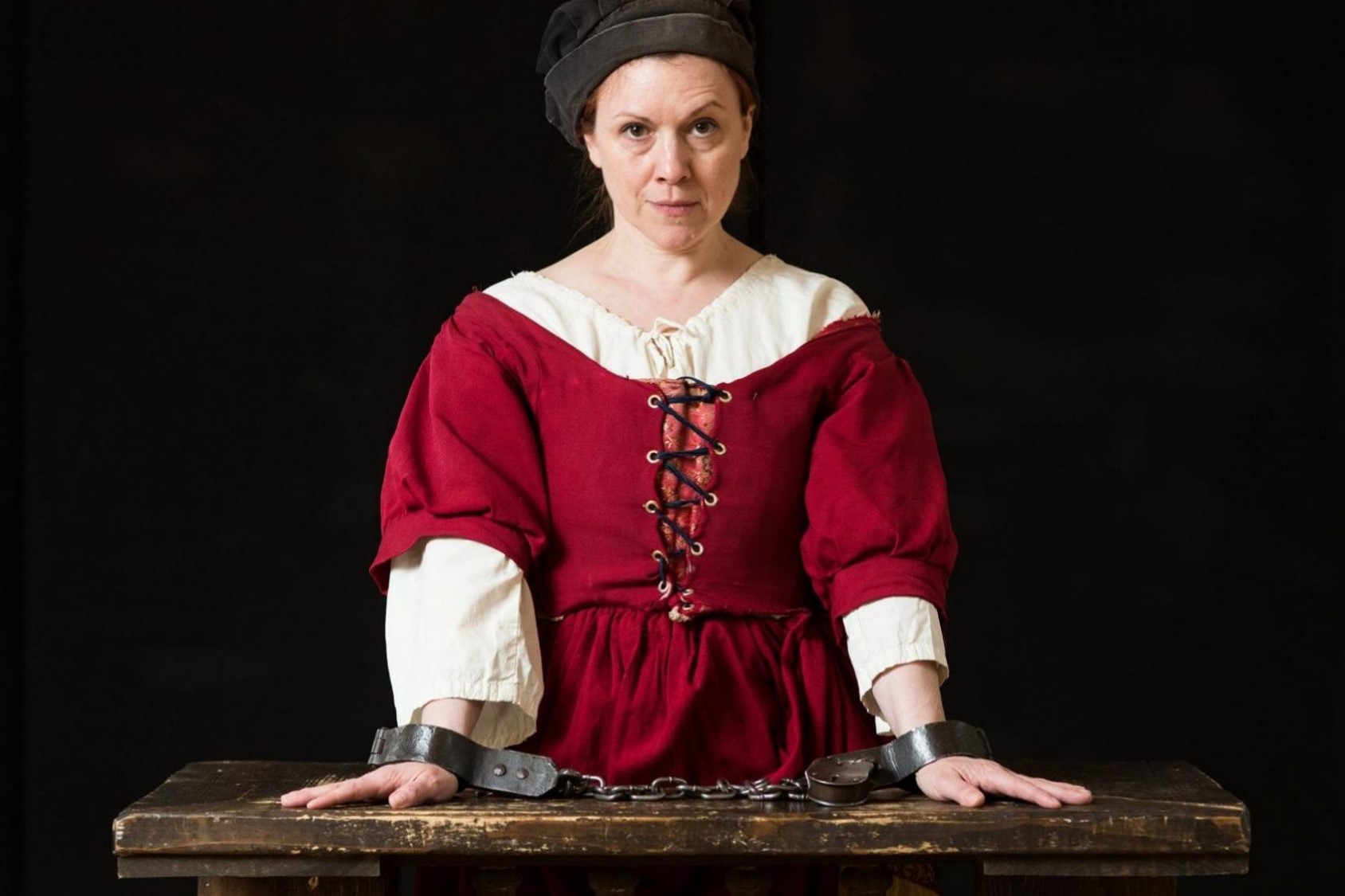Secrets Behind The Salem Witch Trials

Why did the Salem Witch Trials happen? This dark chapter in American history took place in 1692 in Salem, Massachusetts. Fear and superstition gripped the community, leading to the accusation of over 200 people for practicing witchcraft. Twenty were executed. The trials were fueled by a mix of religious fervor, local politics, and personal vendettas. Understanding the Salem Witch Trials requires looking at the Puritan belief system, the social dynamics of the time, and the role of the legal system. This event serves as a cautionary tale about the dangers of mass hysteria and the importance of due process.
Understanding the Salem Witch Trials
The Salem Witch Trials of 1692 remain one of the most fascinating and tragic events in American history. These trials led to the execution of 20 people, mostly women, and the imprisonment of many others. Let's uncover the secrets behind these infamous trials by exploring key locations and events.
The Origins of the Hysteria
To grasp the full picture, it's essential to know where the hysteria began. The fear of witchcraft didn't start in Salem but had roots in Europe.
Europe's Witch Hunts: Before Salem, Europe experienced its own witch hunts, with thousands executed. This fear traveled across the Atlantic with settlers.
Puritan Beliefs: The Puritans of New England held strong religious beliefs, including the existence of witches. Their strict lifestyle and fear of the devil set the stage for the trials.
Key Figures in the Trials
Several individuals played crucial roles in the Salem Witch Trials. Understanding their actions helps explain how the hysteria escalated.
Reverend Samuel Parris: As the minister of Salem Village, Parris's sermons often focused on the devil and witchcraft. His daughter and niece were among the first to show signs of possession.
Tituba: Parris's enslaved woman from the Caribbean, Tituba, was one of the first accused. Her confession fueled the hysteria.
Judge Samuel Sewall: One of the judges presiding over the trials, Sewall later publicly apologized for his role in the executions.
The Accused and the Accusers
The trials saw many accusations, often based on personal vendettas or fear. The stories of the accused and their accusers reveal much about the community's mindset.
Sarah Good: A homeless woman, Good was one of the first accused. Her social status made her an easy target.
Rebecca Nurse: A respected elderly woman, Nurse's accusation shocked many. Her trial highlighted the irrationality of the hysteria.
The Putnam Family: The Putnams were among the most active accusers. Their motivations included land disputes and personal grudges.
The Trials and Executions
The trials themselves were chaotic and unjust. The methods used to determine guilt were based on superstition rather than evidence.
Spectral Evidence: This type of evidence involved witnesses claiming to see the spirit of the accused committing witchcraft. It was highly unreliable but accepted in court.
The Gallows Hill: The site where many of the accused were hanged. It remains a somber reminder of the events.
The Aftermath and Legacy
The Salem Witch Trials left a lasting impact on American society and legal practices. The aftermath saw changes in how justice was administered.
The End of the Trials: By 1693, the hysteria had subsided, and the remaining accused were released. Public opinion had turned against the trials.
Public Apologies: In 1702, the court declared the trials unlawful. Descendants of the accused received compensation, and public apologies were made.
Modern Reflections: Today, the trials serve as a cautionary tale about the dangers of mass hysteria and the importance of due process.
Lessons from the Salem Witch Trials
The Salem Witch Trials offer important lessons about fear, superstition, and justice. Hysteria can lead to tragic outcomes when reason and evidence are ignored. The trials remind us to question accusations and seek truth before making judgments. They also highlight the dangers of mass hysteria and how it can be fueled by ignorance and prejudice. Understanding this dark chapter in history helps prevent similar injustices today. By learning from past mistakes, society can strive for a more just and rational future. The trials serve as a cautionary tale about the consequences of fear-driven actions and the importance of due process. Remembering Salem encourages vigilance against injustice and promotes critical thinking in the face of unfounded claims.

